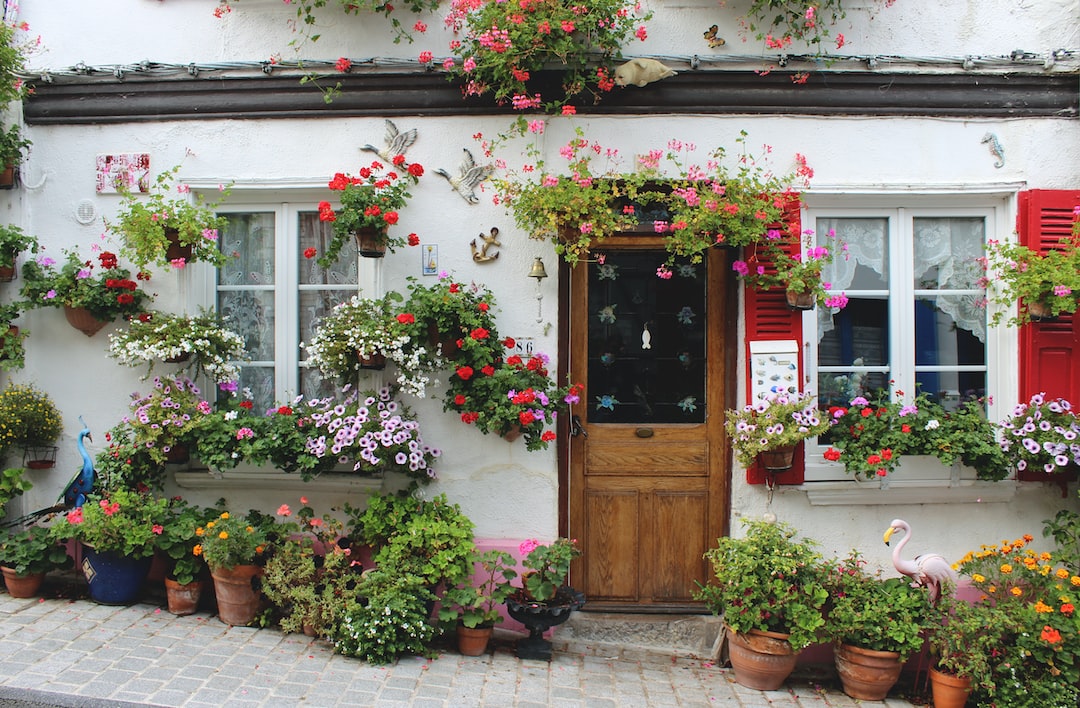The Beauty of Native Plants in Your Garden
When it comes to creating a beautiful garden, many people turn to exotic plants with bright colors and unique features. While these plants may be eye-catching, there is a certain charm and beauty in using native plants in your garden. Native plants are those that naturally occur in a specific region and have adapted to the local climate and environment over thousands of years. Incorporating these plants in your garden not only enhances the natural ecosystem, but it also brings a sense of belonging and celebrates the unique flora of your area.
One of the first advantages of using native plants is their ability to thrive in their natural environment. These plants have evolved to grow in specific soil conditions, tolerate temperature fluctuations, and resist local pests and diseases. Because of this, they require less maintenance and are typically more resistant to drought or heavy rainfall. By choosing native plants, you are creating a garden that is more sustainable and reduces the need for watering, fertilizers, and pesticides.
Moreover, native plants are a haven for local wildlife. As these plants have evolved in synchrony with local wildlife, they provide a natural habitat and a source of food for birds, butterflies, bees, and other beneficial insects. Many native plants produce nectar-rich flowers, which attract pollinators and help in the reproduction of other plants. By incorporating native plants in your garden, you are not only creating a beautiful space for your enjoyment but also providing essential resources for local wildlife, contributing to the overall biodiversity of your area.
Beyond their environmental benefits, native plants also possess a certain aesthetic appeal that is often overlooked. Many native plants exhibit stunning flowers that are unique to a specific region. For instance, the California poppy, with its vibrant orange color, is a signature flower of the state. The wild lupine, with its tall spikes of blue flowers, adds a touch of elegance to any garden. By incorporating native plants in your garden, you can showcase the unique beauty that nature has to offer, creating a sense of place and inviting a connection to your local landscape.
Using native plants in your landscape design also allows for the creation of distinctive garden spaces. Native plants often have interesting foliage, textures, and growth habits that add depth and variety to your garden. For instance, the twisted branches of the eastern redbud tree can add interest to an otherwise ordinary space. The delicate fronds of maidenhair ferns create a sense of lushness in shaded areas. By utilizing native plants, you can create a landscape that is not only visually appealing but also reflects the character of your region.
In addition to their visual appeal, native plants often have unique cultural and historical significance. Many native plants have been used by Indigenous communities for centuries for their medicinal, culinary, or ceremonial purposes. By incorporating these plants in your garden, you can create a deeper connection to the land and honor the rich history of your area. Furthermore, using native plants also helps preserve these cultural traditions and protect native species from being displaced by invasive plants.
In conclusion, the use of native plants in your garden brings numerous benefits. Whether for their environmental advantages, aesthetic appeal, or cultural significance, native plants are a reflection of the beauty and resilience of the local ecosystem. By choosing native plants, you are creating a garden that not only celebrates the unique flora of your area but also provides a haven for local wildlife and contributes to the overall biodiversity of your region. So, next time you plan a garden makeover, consider the beauty and rewards of incorporating native plants into your landscaping.

